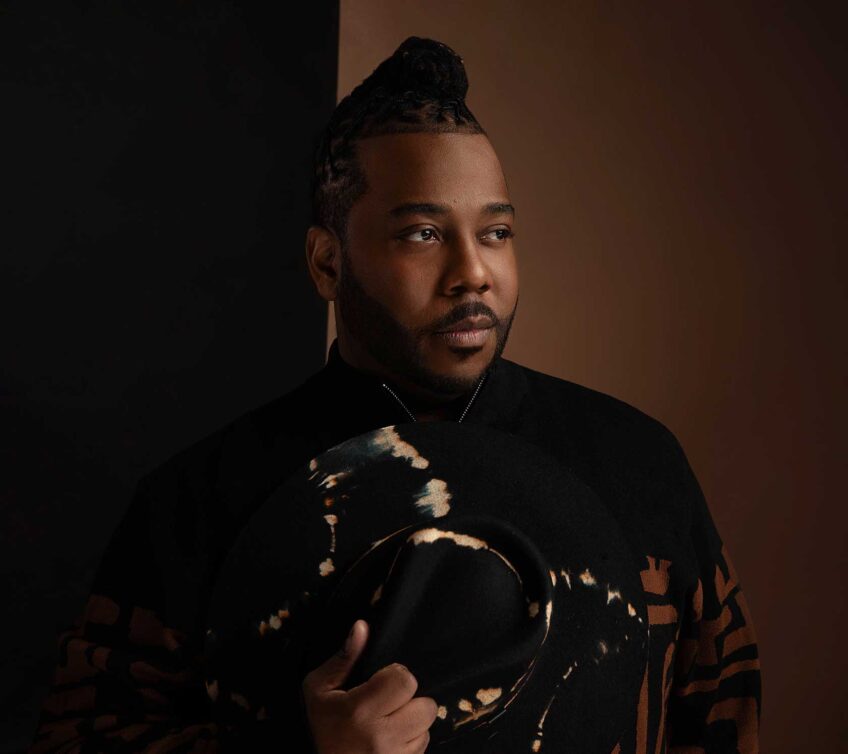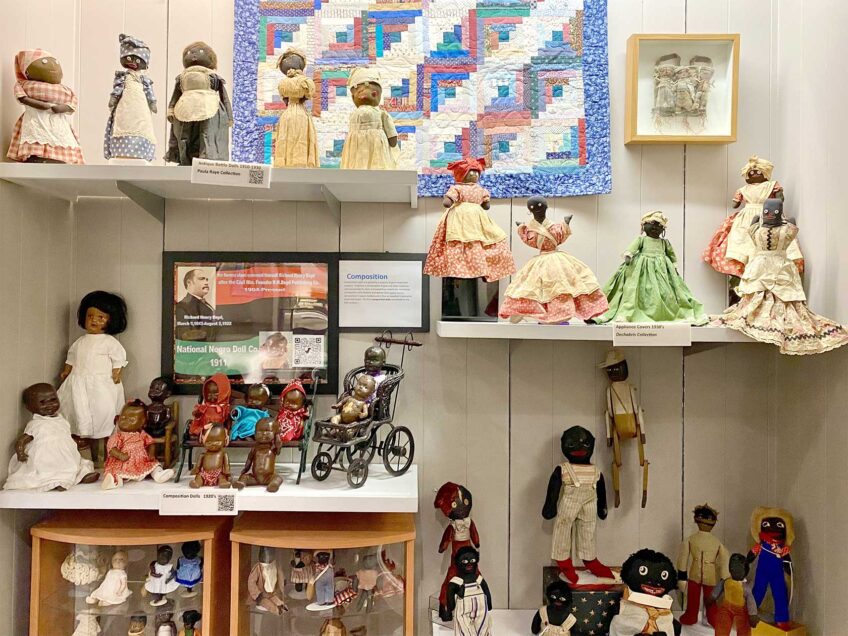Former Panther reflects on turbulent times in ‘Nine Lives of a Black Panther: A Story of Survival’

“In the early morning hours of December 8, 1969, 300 officers of the newly-created, elite paramilitary unit known as SWAT initiated a violent battle with a handful of Los Angeles-based members of the Black Panther Party…Five hours and 5,000 rounds of ammunition later, three SWAT team members and three Panthers lay wounded.
The LAPD considered the encounter a disaster. For the Panthers and community that supported them, the shootout symbolized a victory. A key contributor to that victory was 19 year-old Wayne Pharr. [This book] tells Wayne’s riveting story of the L.A. branch of the BPP, and gives a blow-by-blow account of how it prepared for and survived the massive, military-style attack.”
— Excerpted from the dust jacket
The Declaration of Independence states that “all men are created equal” and “endowed by their Creator with certain unalienable rights,” namely, “life, liberty and the pursuit of happiness.” The sacrosanct document further stipulates that when people are denied those rights by the government, “it is their right, it is their duty, to throw off such government.”
The Black Panther Party was founded out of a frustration felt by folks being denied a fair shot at the American Dream due to segregation and racial discrimination. The revolutionary organization took to heart the Declaration’s clauses asserting a right to rebel in the face of oppression.
After the assassination of Martin Luther King Jr., the fledgling BPP exploded in popularity among the no-longer-patient black youth of the late ’60s. After all, that generation had come of age watching news reports featuring wave after wave of nonviolent martyrs being beaten, hosed and even lynched merely for lobbying to vote or eat at a lunch counter.
Among those attracted to the party’s socialist philosophy was Wayne Pharr, a kid from Berkeley, California who volunteered his time at the L.A. chapter’s understaffed Watts office before becoming a card-carrying member. However, it wasn’t long thereafter that he landed in a life-and-death situation.
Police felt threatened when Black Panthers started not only opening offices in cities all across the country, but decided to exercise their 2nd Amendment rights in the face of police brutality by publicly brandishing guns. So, the FBI targeted the BPP through COINTELPRO, a covert program design to destroy leftist groups by any means necessary.
While still in his teens, Wayne ended up trapped inside Panther headquarters during a five-hour gun battle with the police. He was arrested and charged with a host of offenses, but basically beat the rap, thanks to stellar representation by the late Johnnie “if the gloves don’t fit, you must acquit” Cochran.
In Nine Lives of a Black Panther: A Story of Survival, Wayne revisits that incident and the rest of the BPP’s turbulent years, a time when he had intimate interactions with such celebrated Party leaders as Huey Newton, Eldridge Cleaver, Geronimo Pratt, Bunchy Carter and Elaine Brown. The before-and-after memoir also recounts the author’s childhood as well as what his life was like in the wake of the assorted struggles which led to the total collapse of the beleaguered organization.
A riveting, warts-and-all retrospective affording an informative inside look at the meteoric rise and equally-fast demise of an iconoclastic African American movement with a bull’s eye on its back.


![Banner [Virtual] Art Gallery](https://baystatebanner.com/wp-content/uploads/2024/04/Cagen-Luse_Men-at-store-e1713991226112-150x150.jpg)

![Banner [Virtual] Art Gallery](https://baystatebanner.com/wp-content/uploads/2024/04/Cagen-Luse_Men-at-store-e1713991226112-848x569.jpg)

